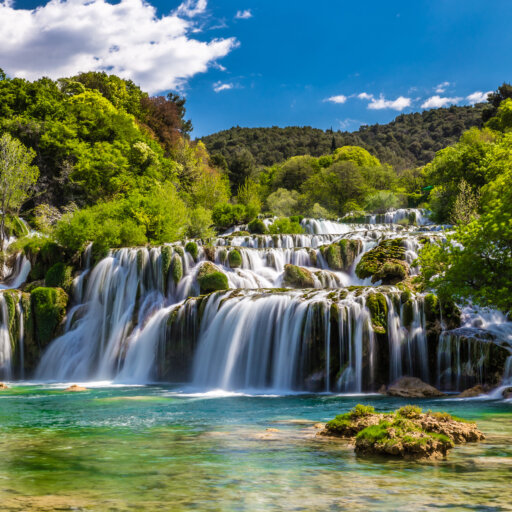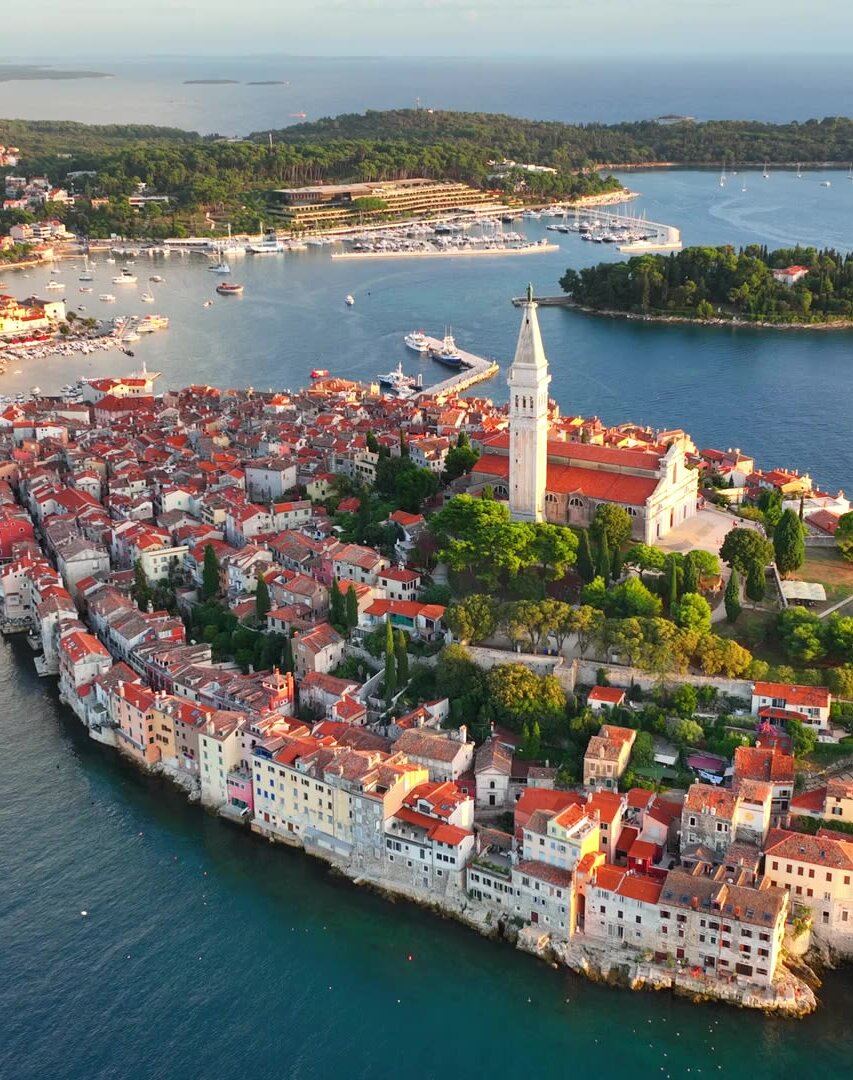Your full Wanderlust guide to
Denmark

With serene coastal hideaways, historic towns and the concept of hygge a firm part of daily life, Denmark has a cultural beauty unaffected by age. It’s no wonder it’s often been voted as one of the world’s happiest places to live.
And it doesn’t get much Scandi-cool than the capital. Copenhagen is a photographer’s dream thanks to the colourful buildings and wooden ships lining Nyhavn harbour. The city’s canals have water so clean, people often swim in it, as well as enjoying other water-based activities such as kayaking.
But active exploring doesn’t stop there. The city is renowned for its excellent cycling infrastructure, with flat cycle lanes making touring the city’s highlights a breeze. With royal palaces, world-class restaurants and architect-designed museums, Copenhagen is abundant with cultural treasures. One of its star attractions is the Little Mermaid statue, paying homage to Denmark’s own Hans Christian Andersen. But to understand the inspiration behind his fairytales, a visit to his birthplace of Odense on the island Funen is a must.
Much of the country is criminally underrated. Take Aarhus for example, Denmark’s second largest city situated on the east coast of the Jutland peninsula. Although a buzzing university population brings youthful energy, the city has a historic heart with Viking origins and an open-air Old Town (Den Gamle By). Do visit ARoS, one of northern Europe’s largest art museums, and then explore the surrounding countryside and coastline: Aarhus dubs itself the “nature capital” of Denmark.
Talking of nature and outdoors, Denmark has more than 7,800 km of coastline with 174 Blue Flag beaches. Jutland and island of Zealand are home to countless white-sand stretches backed by dunes. Better yet, they are often completely uncrowded. Explore the natural side further with a canoe down the Gudenå river, or snorkelling in the Kerteminde Fjord.
Don’t forget to tuck into famed Danish cuisine. Smørrebrød is available from most vendors and cafes and consists of rye bread topped with different meats. The world-renowned Danish pastry is known as wienerbrød. Gourmets are in for a treat, with over 30 Michelin restaurants to choose from.
You can’t miss

When to go to Denmark
Denmark has the mildest climate of the Scandinavian countries, although coastal areas are prone to heavy winds.
The winter can be cold and dark, but Copenhagen is especially magical around Christmas. Summer anywhere in Denmark is a joy with long days and plenty of festivals and events, and the perfect time to explore its coast and islands.
International airports
Copenhagen International Airport (CPH) is 8km southeast of Copenhagen. Aarhus Airport (AAR) is 35km north of Aarhus. Billund Airport (BLL) is 80km from Aarhus and just 3km from LEGOLAND. Aalborg Airport is 3.5km from Denmark’s third city (AAL).
Getting around in Denmark
Denmark has a very reliable 2,633 km rail network with services operating at least hourly. The primary network in Denmark is the DSB. Buses are generally good and easy to use.
The road system is good and well signposted. Hiring a car for a coastal road trip around Jutland is recommended, however can be expensive.
Cyclists are extremely well catered for in most cities and rural areas, with bike hire easily available as well as free bikes that can be used.
Health & safety
Healthcare is widely available.
Denmark has relatively little crime but take care in larger cities, as they are not without petty criminals.
Go to gov.uk for more information.



















































































































